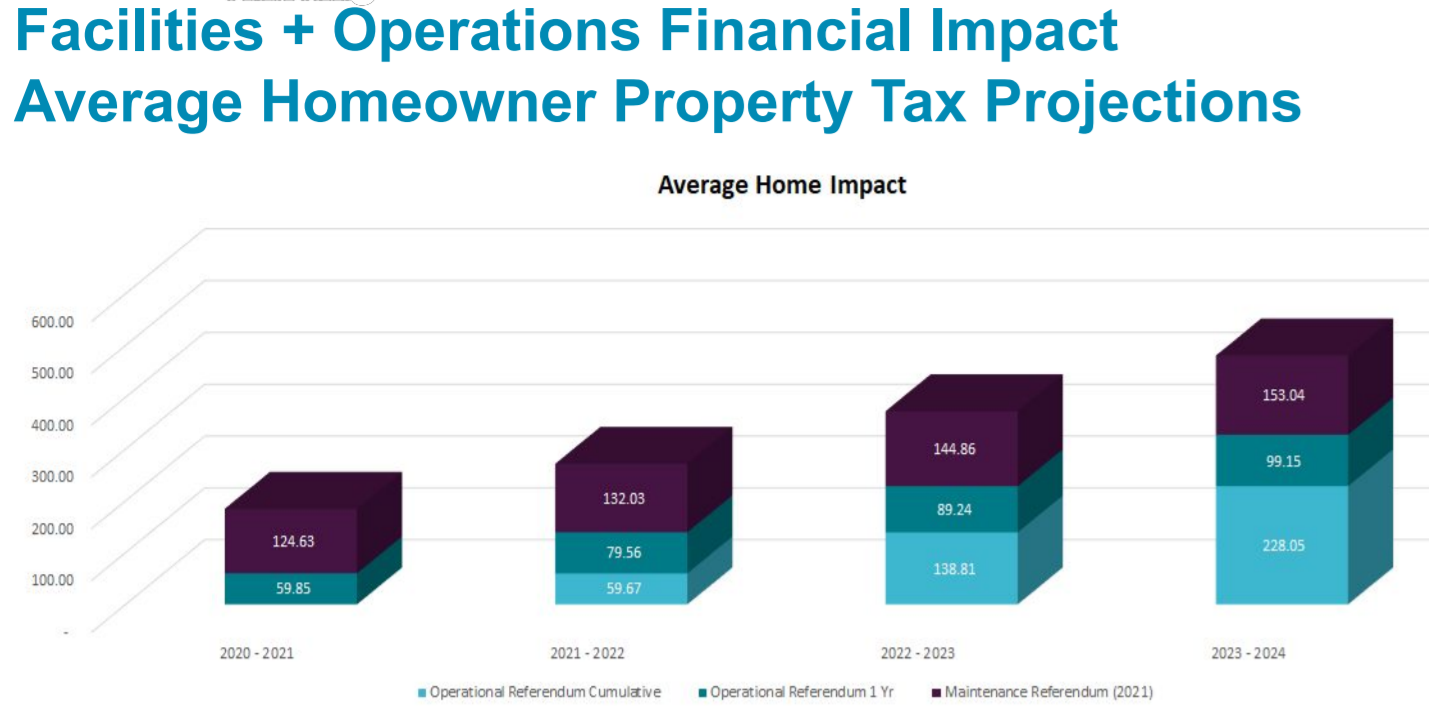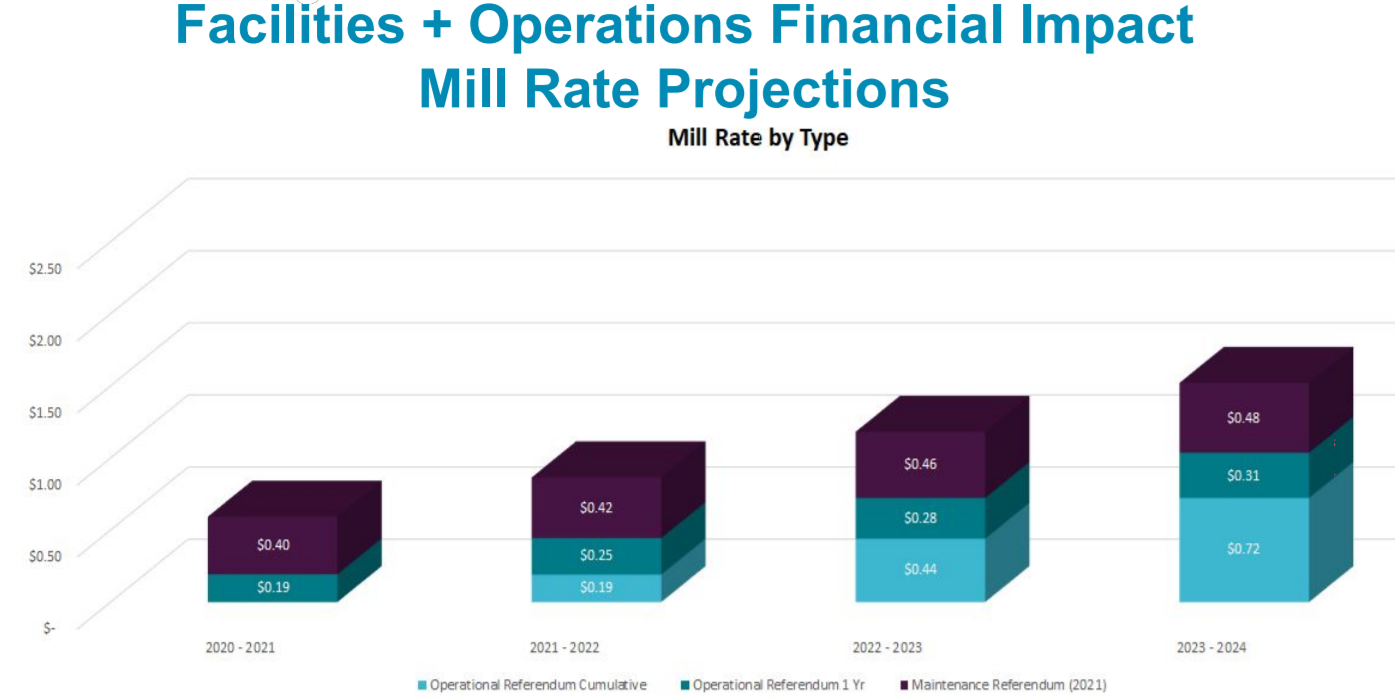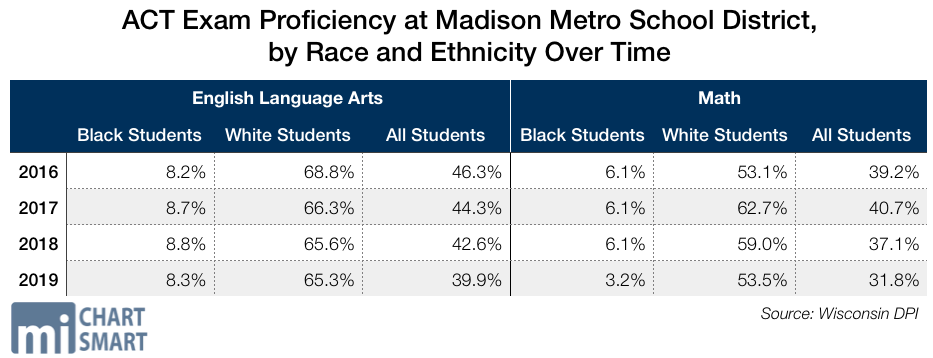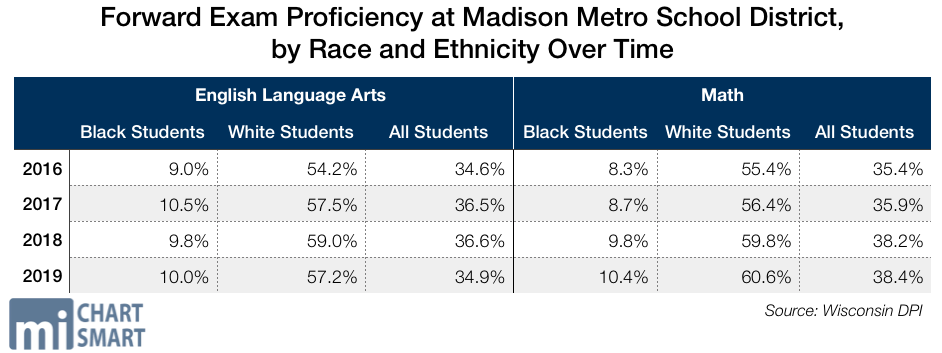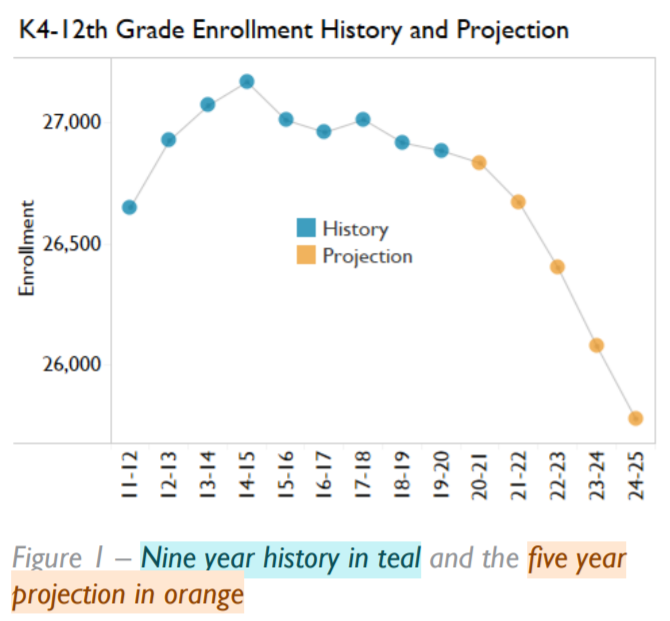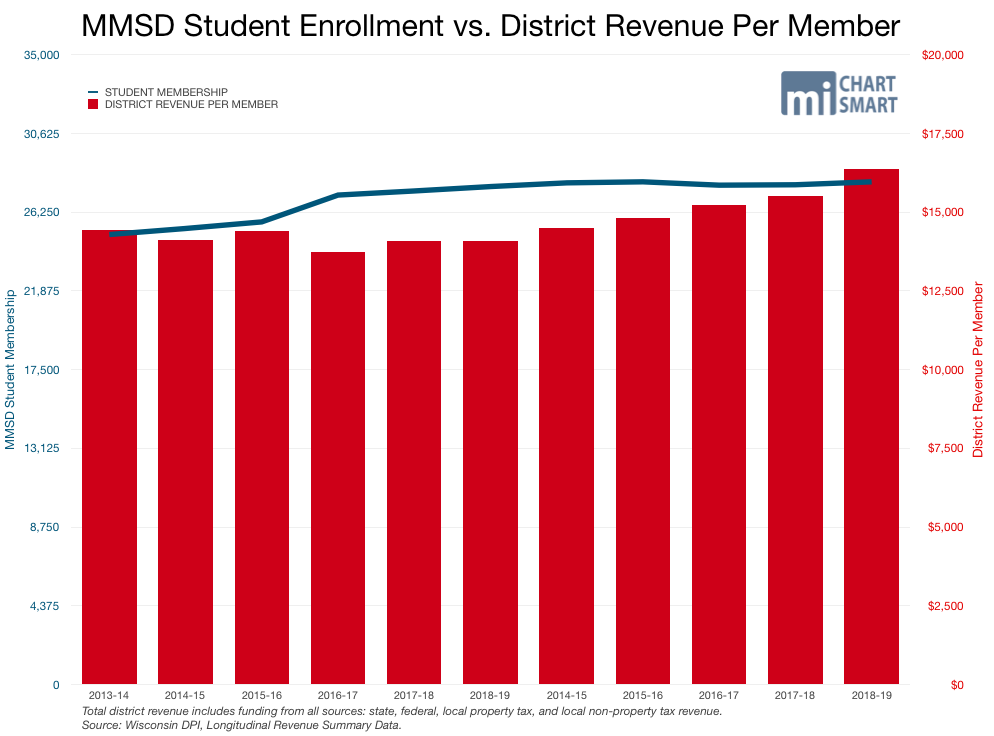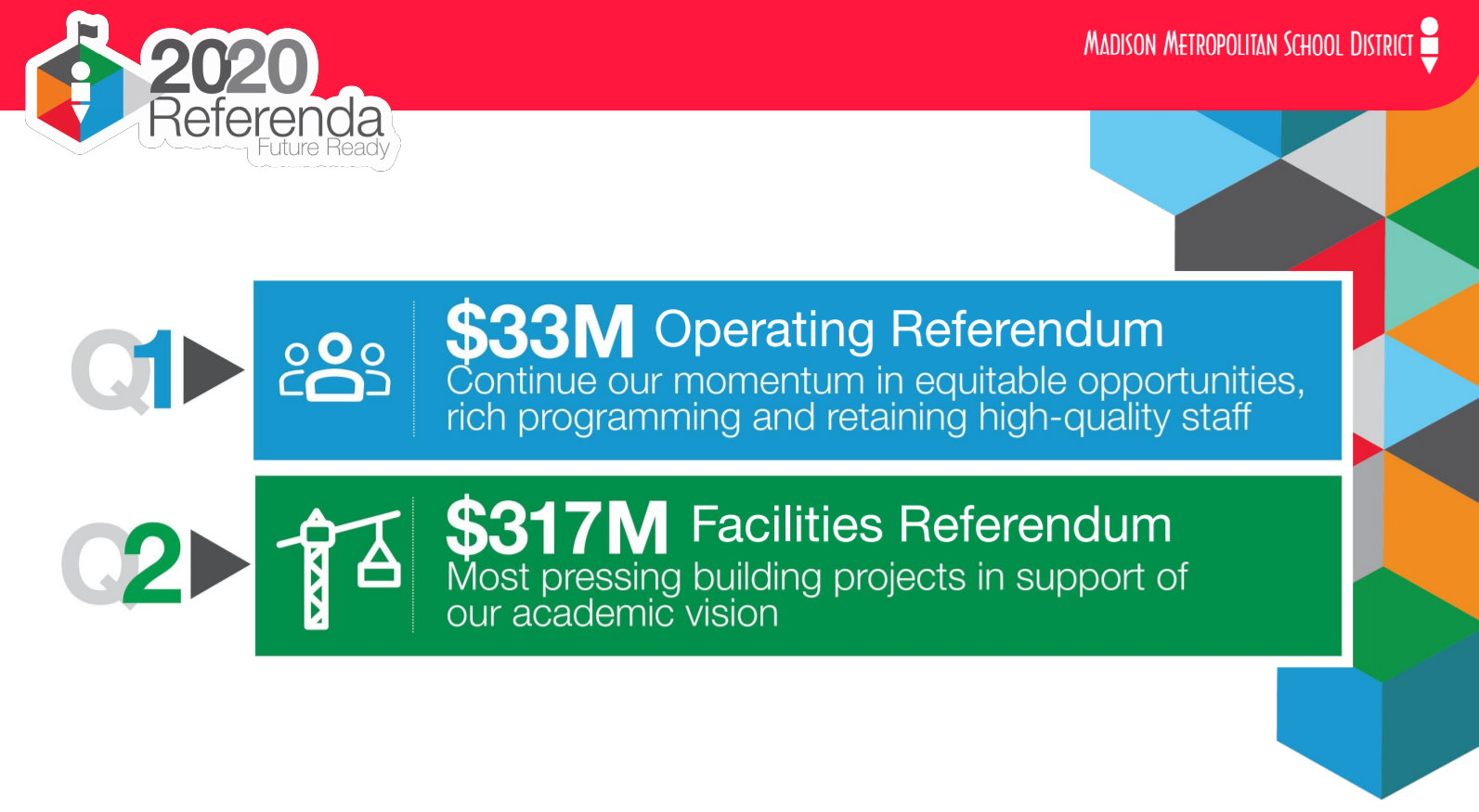
Madison voters will vote on two referendum questions this November
July 15, 2020
By Ola Lisowski
The school board for Madison Metropolitan School District (MMSD) has unanimously voted to include two referendum questions totaling $350 million on the November ballot, asking Madison voters if they want to raise their own taxes and take on more debt.
One question will ask voters to approve $33 million in spending beyond revenue limits over the next four years. The other question will ask voters to consider taking on $317 million in debt, to be repaid over 22 years.
If approved, the revenue limit increase would hike property taxes by $27 per year for every $100,000 in property value. The new debt obligation would increase taxes by $50 for every $100,000 in property value.
The average single-family home in Madison is worth $315,200, according to property assessment figures released last month. If both referendums pass, taxpayers for the average Madison home would see an estimated $242 increase in property taxes for the first year.
Spending would increase each year of the operating referendum. For the 2020-21 school year, the district would spend up to $6 million over current limits. In 2021-22 that figure would increase to $8 million; in 2022-23 to $9 million, and in 2023-24 to $10 million.
School board members said they considered the impact the COVID-19 pandemic could have on voter willingness to increase spending. The district conducted community polls to “find out if preferences have changed” since district work on a referendum began more than a year ago.
Dr. Jane Belmore, Interim Superintendent, said the district “recognize[s] the additional financial burden that we are asking the community to take on at this time.” She noted that polls showed the community’s desire for a referendum “hasn’t lessened” in the wake of the pandemic and resulting economic crisis, saying that the safety of public schools is more important now than ever before.
If approved, the $33 million revenue limit increase would go to expanding programming across Madison schools. The administration said the district could spend the money on a variety of initiatives including full-day 4K, daily world language classes in middle schools, programming in arts, music, science and technology, attracting and retaining teachers, and strategic equity projects including Early College STEM Academy and historically accurate and culturally relevant curriculum.
The $317 million operating debt would go toward numerous facilities projects across the district. All four high schools would see approximately $70 million in renovations and improvements. Madison High East and West would combine into a single high school – Capital High – at a site the district already owns. The district would also build a new elementary school on the south side of the city to move out of a leased school space in Monona.
Per community feedback, all projects would be completed with environmental goals in mind, and $2 million is set aside for environmental projects at schools.
The district’s own budget documents estimate total student enrollment will fall by approximately 1,230 students by 2024-25. In 2019-20, the district had 26,883 students.
On the state’s most recent Forward Exams, 35 percent of Madison students were proficient in English language arts, and 38 percent were proficient in math. Achievement gaps are pronounced: while 57.1 percent of White students were proficient, just 11.1 percent of Black students were proficient. While 60.6 percent of White students were proficient in math, only 10.4 percent of Black students were proficient.
In unanimously passing the resolutions to put the language on November’s ballot, members called the vote “historic.” They cited the district’s aging buildings, especially Madison’s high schools.
Noting the current economic crisis, one member said that although the short-term outlook for the economy is “not great right now,” the spending would pay off in the future. Numerous board members noted historically low interest rates, low costs of petroleum, and employment opportunities as reasons to vote for a referendum. Energy efficient lighting and HVAC systems would also reduce utility costs over time.
The board could even increase the referendum dollar amount – a prospect one member expressed interest in, saying she wanted to make sure staff cost-of-living increases would be included in the referendum. August 17 is the last scheduled board meeting at which the board could change the figure.
The election is November 3, 2020.
